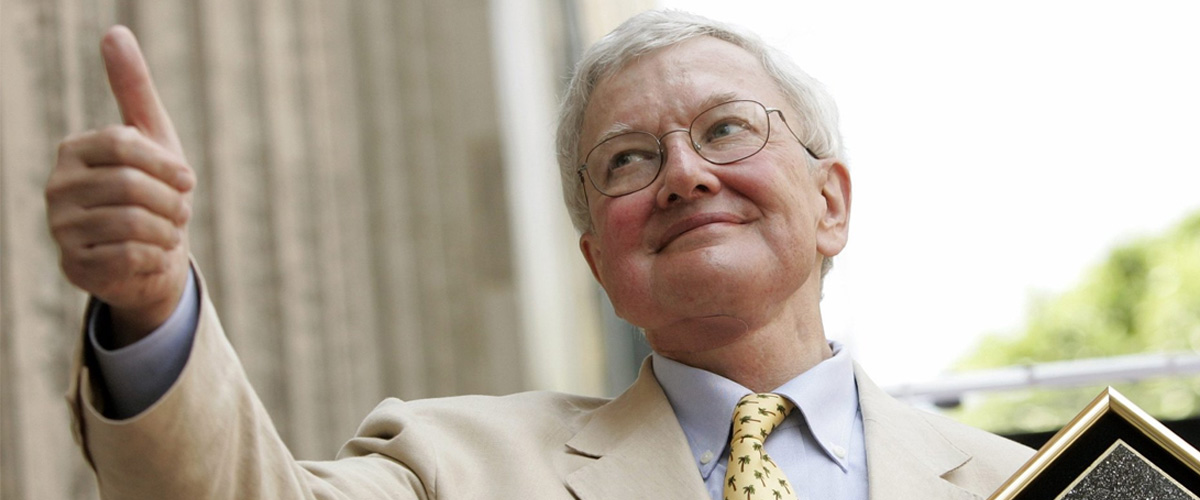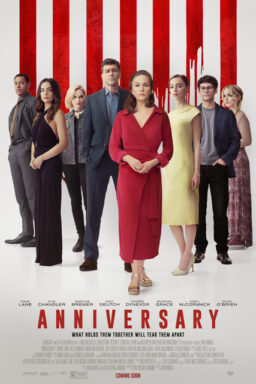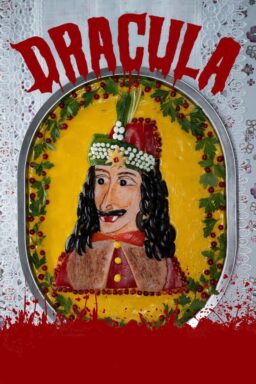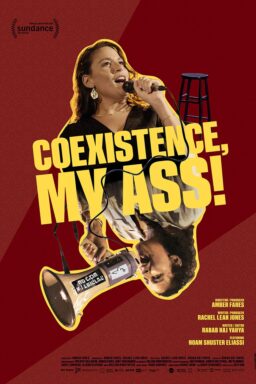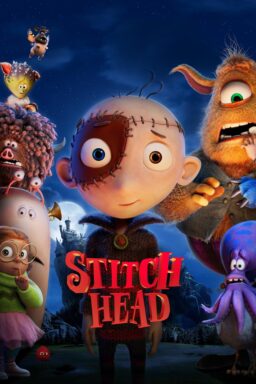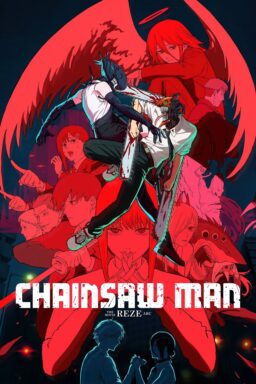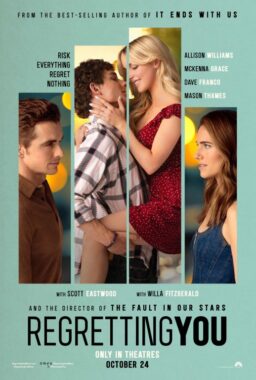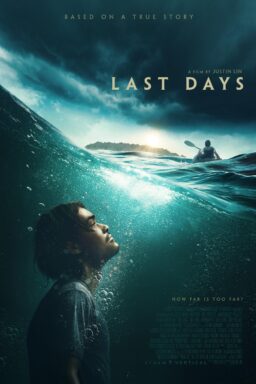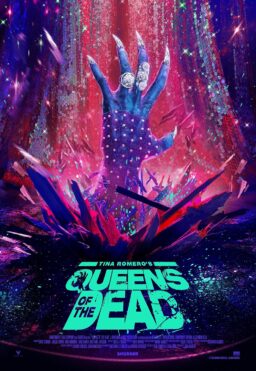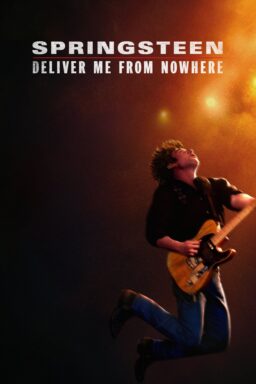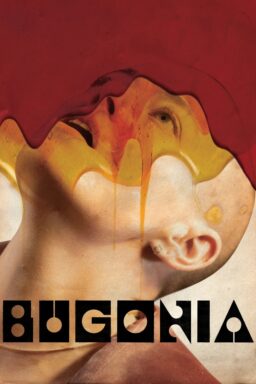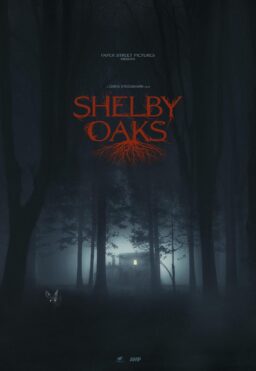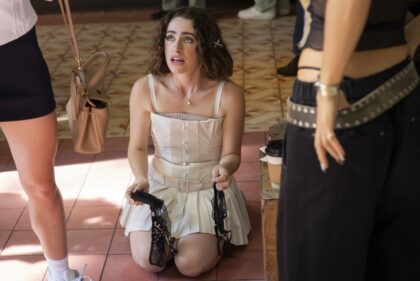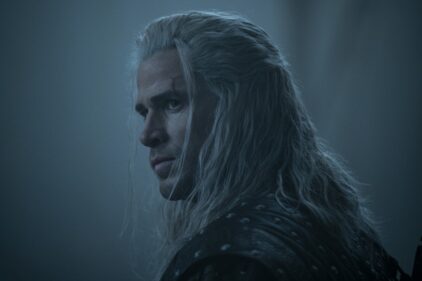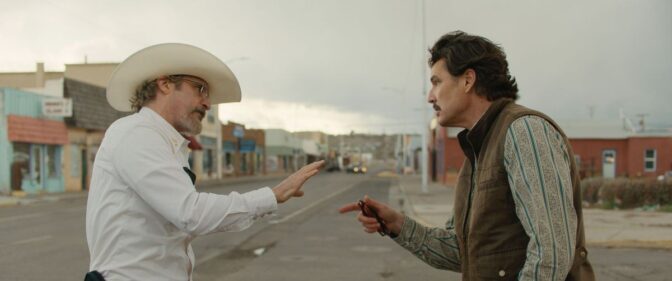“In Cold Blood” is an eerie case. Not a movie. A case. The film itself, which is fantastically powerful despite its flaws, is the last episode in a chain which began eight years ago when the Herbert Clutter family was murdered near Holcomb, Kansas. Without that murder, Richard Brooks would have been hard-pressed to make this movie, and Truman Capote would have found little employment as the New Yorker’s rural correspondent.
When I was typing up the cast credits, I came to the line “based on the book by Truman Capote.” Some grim humor suggested that I could keep on typing: ” . . . and the murders by Perry Smith and Dick Hickock.” In an important sense, this movie was created by Smith and Hickock. They spent most of their lives compiling biographies that prepared them for their crime.
Perry came from a violent childhood. His mother drank, his father flew into explosive rages, he was beaten in orphanages. Dick came from marginal poverty, a rootless existence without values. So both were “victims of society,” in the way defense attorneys use that term. For their own victims, they chose the Clutter family–a well-off, middle-class, God-fearing family that, in every respect, lived in an opposite world.
If this had been fiction, the themes could not have been more obvious. Two opposed cultures collide. The outsiders kill the insiders in the first round, then lose the second to the hangman. But the film is not based on fiction; the Clutter murders actually happened. If you look at the list of characters you will find names like Herb Clutter and Perry Smith. Real names. Also featured in the cast are Sadie Truitt and Myrtle Clare playing themselves. They were citizens of Holcomb on the night of the murders, and they still are today.
Considerations like that make it difficult to review, “In Cold Blood” as a movie. This is not a work of the imagination, but a masterpiece of copying. Richard Brooks and Truman Capote brought technical skill to their tasks in recreating the murders, but imagination was not needed. All the events had already happened. And every detail of the film, from the physical appearance of the actors to the use of actual locations like the Clutter farmhouse, was chosen to make the film a literal copy of those events.
I do not object to this. Men have always learned about themselves by studying the things their fellows do. If mass murders of this sort are possible in American society (and many have been), then perhaps it is useful to see a thoughtful film about one of them.
And to the degree that “In Cold Blood” is an accurate, sensitive record of actual events, it succeeds overpoweringly. The actors, Robert Blake (Smith) and Scott Wilson (Hickock), are so good they pass beyond performances and almost into life. Many other performances also have the flat, everyday, absolutely genuine ring of truth to them. At times one feels this is not a movie but a documentary that the events are taking place now.
What does bother me is the self-conscious “art” that Brooks allows into his film. It does not mix with the actual events. The music on the sound track, for example, is almost conventional Hollywood spook music, as if these murders had to be made convincing. The sounds of the landscape — the wind and weather — would have been music enough. Again some of the photography is staged and distracting. We see Herb Clutter shaving, and fade to one of the killers shaving. We see Perry’s bus transform itself into a Santa Fe train passing through Holomb. Gimmicks like this belong in TV commercials.
Another of Brooks’ mistakes, I think, was his decision to write a liberal reporter into the script. This figure obviously represents Capote. He hangs around during the last half of the film, tells about Death Row, narrates the hangings and provides instant morals about capital punishment. He is useless and distracting. Brooks should either have used Capote himself or no one.
What we are left with, however, is a film that this Hollywood artiness does not damage very much. The sheer evocative power of the actual events and places sweeps over the music and the trick photography and humbles them. The story itself emerges as bleak and tragic as the day the murders first occurred. The questions raised by Smith and Hickock’s senseless crime and the deaths of their undeserving victims are still as impossible to answer.


